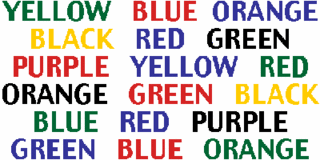 The different types of Reishi
The different types of Reishi
In ancient times, only wild Reishi was available. Reishi was classified by color into 6 types:
Red, Green, White, Black, Yellow and Purple.
In 1972, researchers at Kyoto University in Japan successfully cultivated Reishi in the laboratory. From a single species, Ganoderma Lucidum (Red Reishi), all six colors could be grown by varying the temperature, humidity, carbon dioxide content, and the available nutrients. The six types of Reishi are thus shown to be one species.
Red, Green, White, Black, Yellow and Purple.Wild Reishi is extremely rare. Only one or two mushrooms can be found on a hill. Due to damage by insects and weather, the quality of wild Reishi is unpredictable. Only the fruit body can be harvested, when the active ingredients have already decreased. The dried mushrooms may not have the potency of the fresh mushroom.
When buying wild Reishi, expertise is required in order not to confuse Reishi with the hundreds of other mushrooms (some of which are poisonous). After it matures, the fruit body is hardened by fibers which make it more difficult to extract and digest the active ingredients. The spores are of microscopic dimensions, similar to the size of bacteria. They are protected by two layers of hardened cell walls. These cell walls trap the active ingredients inside and are indigestible.
Although wild Reishi fruit body and the spores are all effective products, our ancestors had to use a large quantity of Reishi to get a little benefit. As it was impossible to cultivate, this rare mushroom was available only to emperors.
Modern bio-engineering technology has made Reishi available to the general public in large quantities. The quality can be carefully controlled by providing the best conditions and sufficient nutrients. The largest amount of active ingredients exists in the mycelium, and that the mycelium is more digestible. The extraction process can be timed at the precise stage when the mycelium contains the largest amount of active ingredients. Fresh mycelium is available, and there is no chance for mistaken identity.


